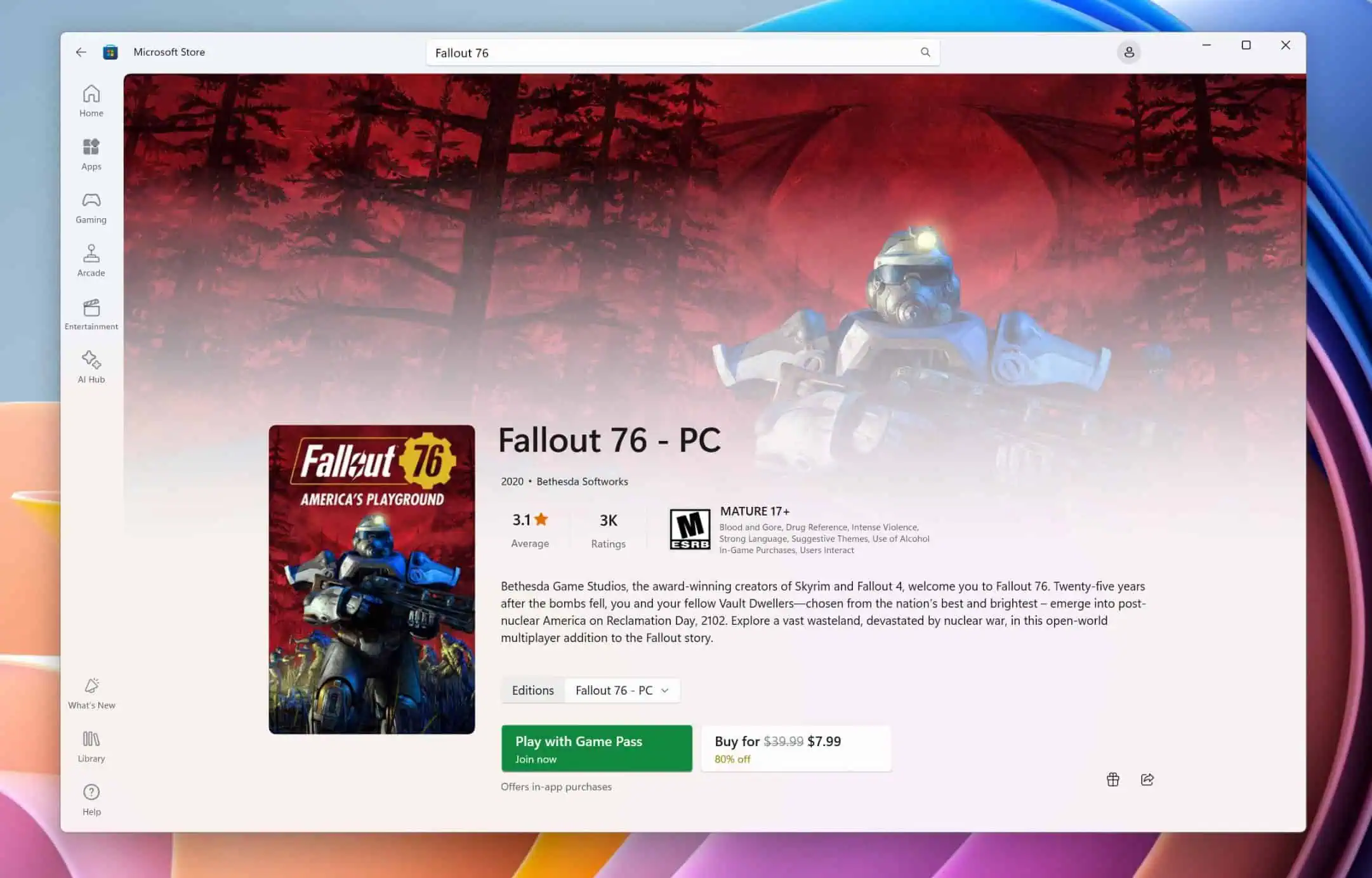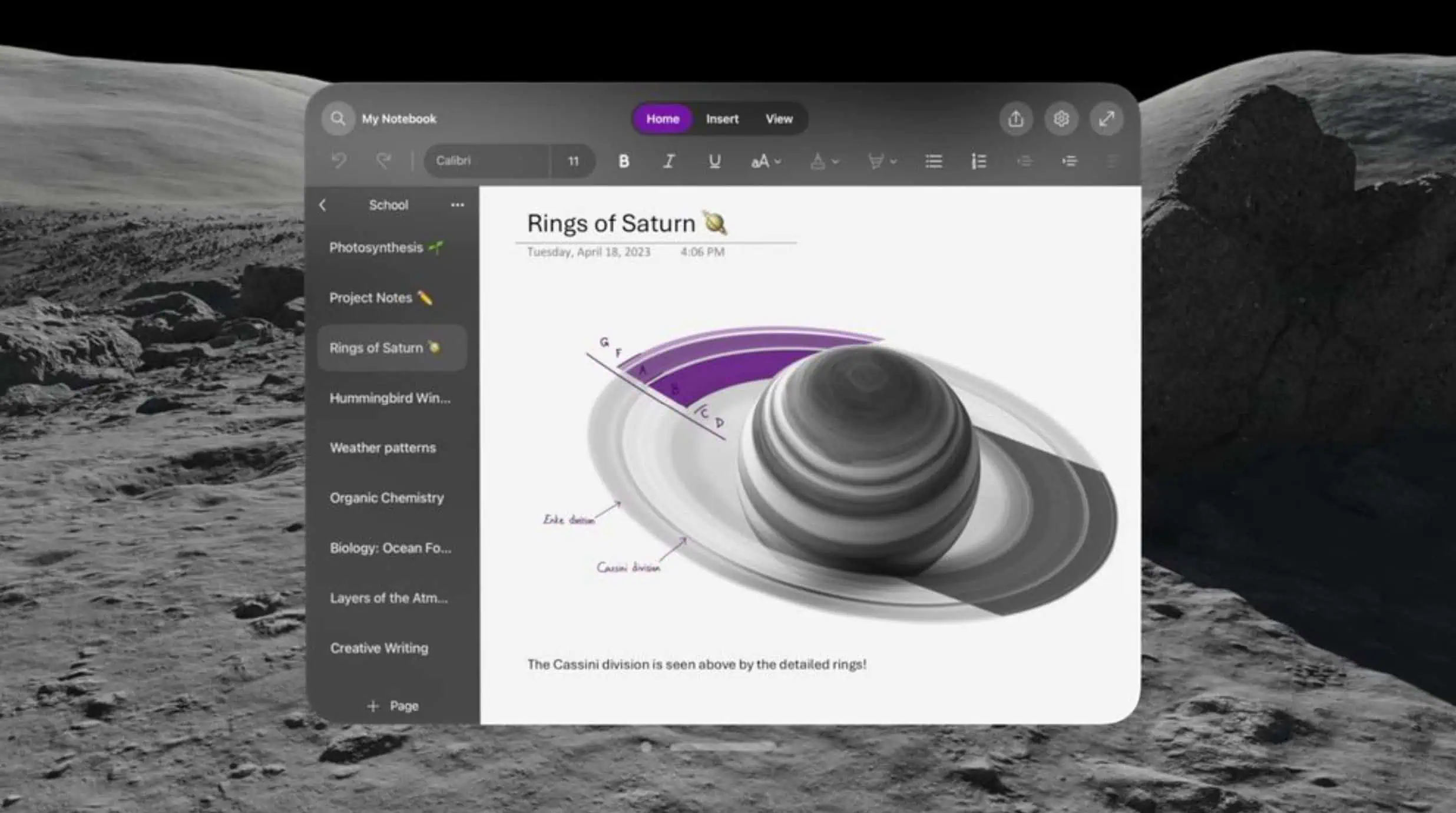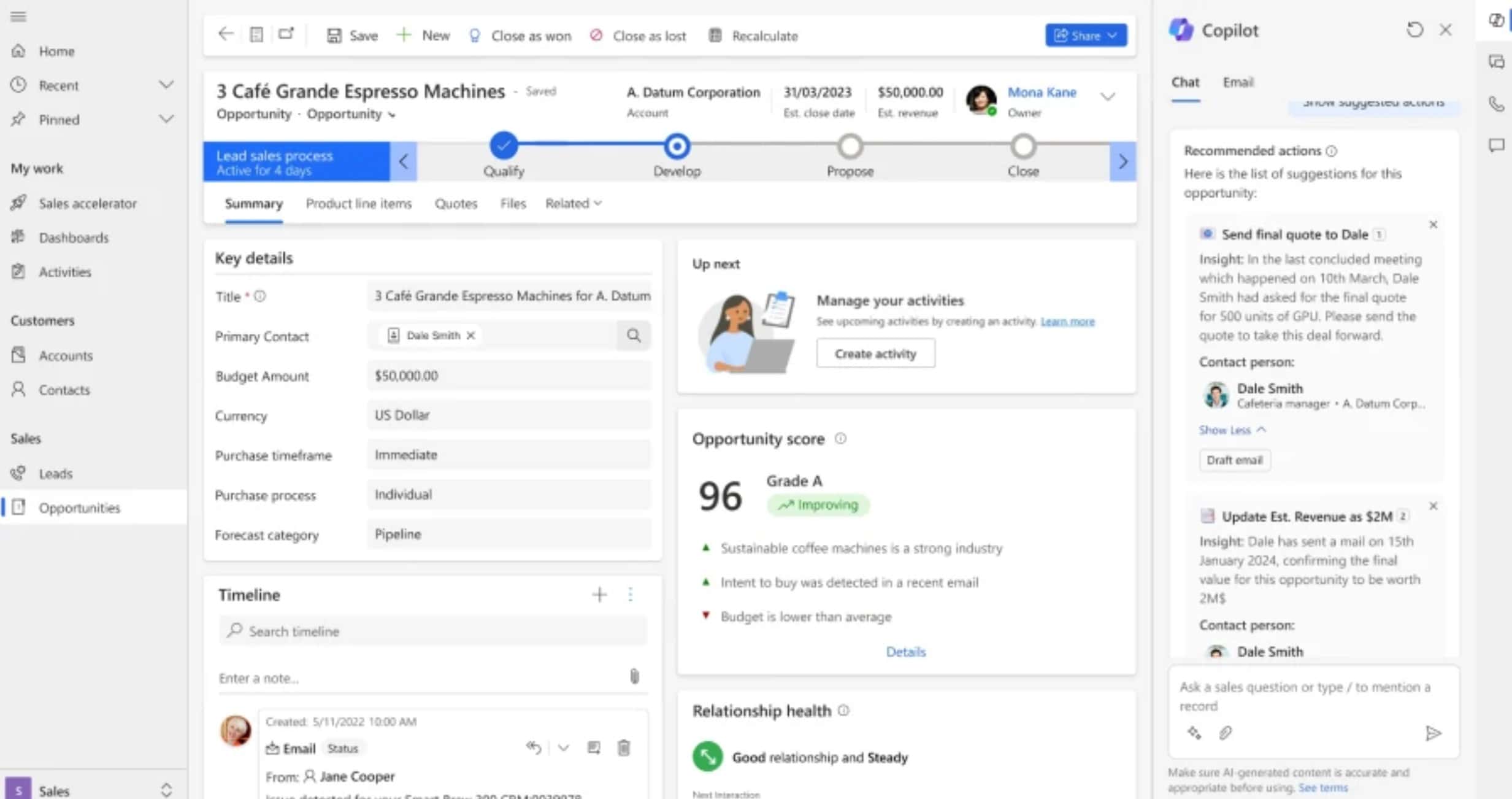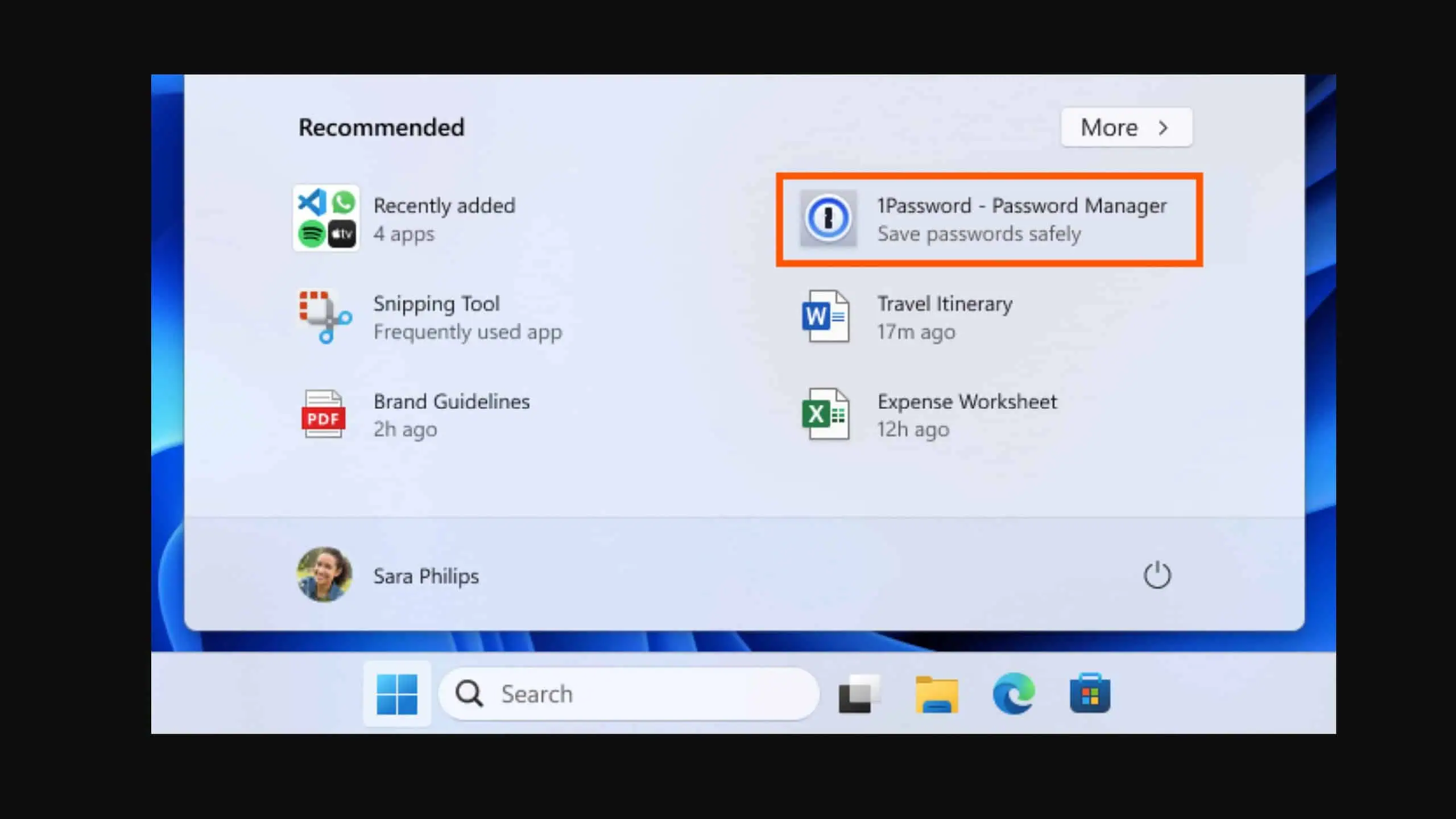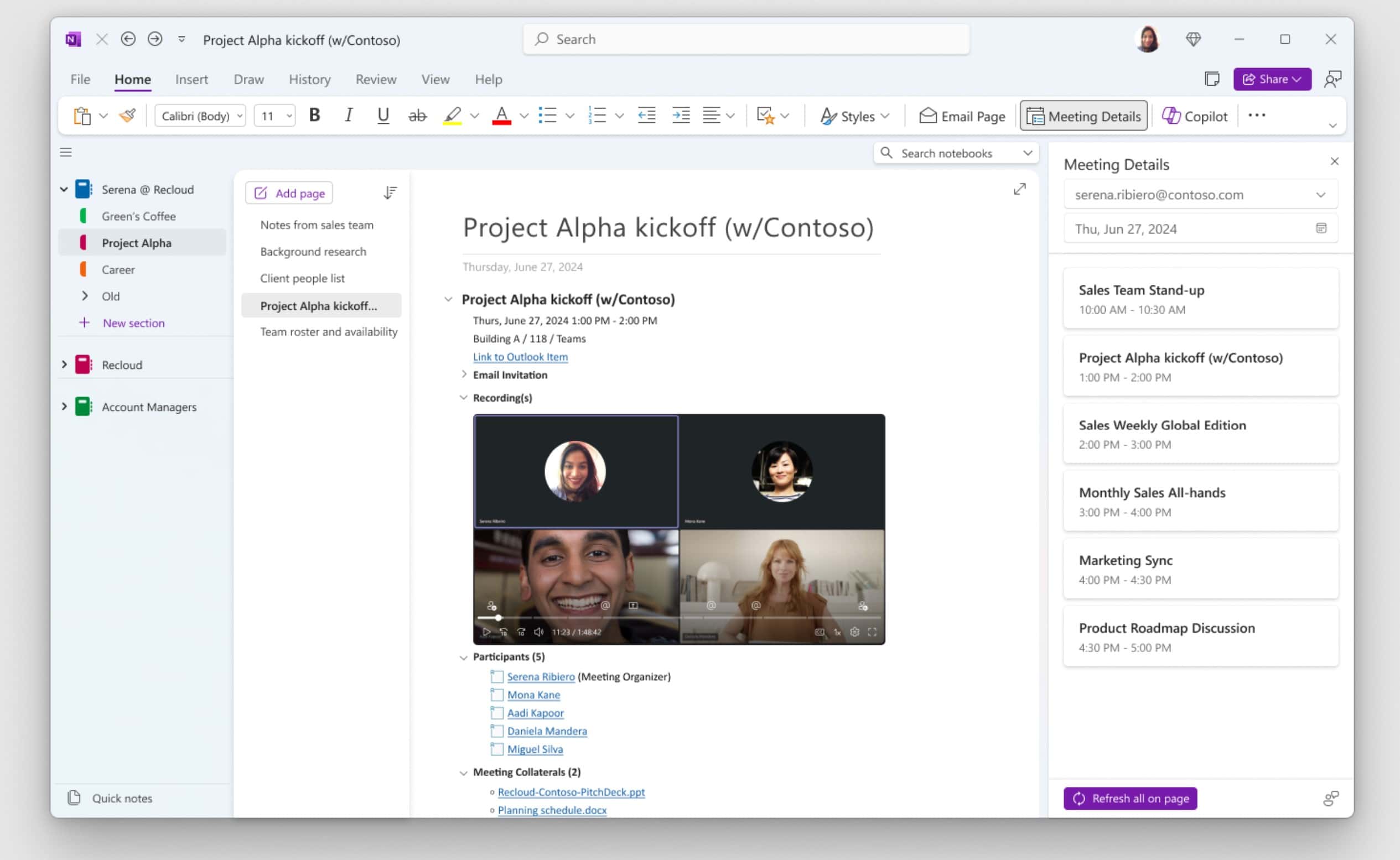Microsoft releases optional KB4580364 cumulative update, brings Meet Now integration for Windows 10 users
5 min. read
Published on
Read our disclosure page to find out how can you help MSPoweruser sustain the editorial team Read more

Microsoft has released a new optional cumulative update for Windows 10 users. The KB4580364 update brings Meet Now to Windows 10 users and addressed a bunch of bugs as well. You can head below to check out the full changelog for the update.
Highlights:
- Introducing Meet Now in the Windows 10 TaskbarEarlier this year we introduced Meet Now in Skype. Meet Now makes it easy to connect with anyone in as little as two clicks for free and each call can last up to 24 hours. Today, we’re excited to share that we will be extending this capability in Windows 10 by bringing Meet Now right to the taskbar. In the coming weeks, you will be able to easily set up a video call and reach friends and family in an instant by clicking the Meet Now icon in the taskbar notification area. No sign ups or downloads needed.
- Updates an issue that causes a device to stop responding after you have been using a pen for several hours.
Improvements and fixes for Windows 10 20H2 and 2004:
- Addresses an issue with using Group Policy Preferences to configure the homepage in Internet Explorer.
- Allows administrators to use a Group Policy to enable Save Target As for users in Microsoft Edge IE Mode.
- Addresses an issue with untrusted URL navigations from Internet Explorer 11 by opening them in Microsoft Defender Application Guard using Microsoft Edge.
- Addresses an issue that occurs when using the full suite of developer tools in Microsoft Edge for remote debugging on a Windows 10 device.
- Addresses an issue that displays nothing on the screen for five minutes or more during the Remote Desktop Protocol (RDP) session.
- Addresses an issue that prevents certain Windows Virtual Desktop (WVD) users from searching for files using File Explorer.
- Addresses an issue that causes a device to stop responding after you have been using a pen for several hours.
- Addresses an issue that causes an application to stop responding temporarily, which causes extra z-order operations that affect the Window.Topmost property of a window.
- Addresses an issue that might cause Dynamic Data Exchange (DDE) apps to stop working.
- Addresses an issue that occurs when you first sign in to an account or unlock an existing user session using Remote Desktop Services (RDS). If you enter an incorrect password, the current keyboard layout changes unexpectedly to the system default keyboard layout. This keyboard layout change might cause additional attempts to sign in to fail or lead to account lockouts in domains with low account lockout thresholds.
- Addresses an issue that displays the incorrect CPU frequency for certain processors.
- Addresses a performance issue that occurs when PowerShell reads the registry to check if the ScriptBlockLogging registry key is in the registry.
- Addresses an issue that randomly changes the time offset of the time format returned by the command WMIC.exe OS Get localdatetime/ value.
- Addresses an issue that prevents Microsoft User Experience Virtualization (UE-V) from assigning the Microsoft Outlook Signatures.
- Addresses an issue that prevents Hybrid Azure Active Directory joined devices from updating portal information when a device name or Windows version changes.
- Addresses an issue that might prevent the Smart Cards for Windows service from starting.
- Adds a new Microsoft Event Tracing for Windows (ETW) provider named “Microsoft-Antimalware-UacScan”. This ETW provider reports the details of the context for each User Account Control (UAC) request in the ETW provider manifest.
- Addresses an issue with virtual private network (VPN) connections that use Secured Password (EAP-MSCHAP v2) for authentication and have enabled the “Automatically use my Windows logon user name and password” property. When you connect to this type of VPN, an authentication dialog box incorrectly prompts for your credentials.
- Displays Recovery Partitions in the diskpart utility.
- Addresses an issue that causes stop error 0xd1 in msiscsi.sys. This issue occurs when moving certain arrays from one cluster node to another.
- Addresses an issue that causes the IAutomaticUpdatesResults::get_LastInstallationSuccessDate method to return 1601/01/01 when there are no active updates.
- Adds support for the Transport Layer Security (TLS) 1.1 and 1.2 protocols when connecting to SQL Server using the data providers in Windows Defender Application Control (WDAC).
- Addresses an issue with SQL Server that might cause performance issues if you configure a Linked Server provider to load out-of-process.
- Addresses an issue that might degrade Windows performance and prevent the LanmanServer service from starting when third-party software uses LanmanServer custom file system controls (FSCTL).
- Addresses an issue with deduplication that causes long wait times on Resilient File System (ReFS) Cluster Shared Volumes (CSV).
- Addresses an issue that might prevent some applications from behaving correctly. This occurs when you publish them as Remote Application Integrated Locally (RAIL) applications using RDS and change the docking for an AppBar window.
- Addresses an issue with a deadlock in the Transmission Control Protocol/Internet Protocol (TCPIP) driver that causes the operating system to stop working or stop responding.
- Addresses an issue that causes the Routing and Remote Access Service (RRAS) to stop responding for new connections. However, RRAS continues working for existing connections.
- Addresses an issue that causes the RRAS administrator Microsoft Management Console (MMC) to stop responding randomly when you are performing administrative tasks or at startup.
- Addresses an issue with starting Windows Subsystem for Linux 2 (WSL2) on ARM64 devices that occurs after installing KB4579311.
Known issues:
| Symptom | Workaround |
| Users of the Microsoft Input Method Editor (IME) for Japanese or Chinese languages might experience issues when attempting various tasks. You might have issues with input, receive unexpected results, or might not be able to enter text. | For more information about the issues, workaround steps, and the currently resolved issues, please see KB4564002 |
You can grab this update by going to Windows Update setting and selecting view optional updates. Microsoft recommends that you install the latest servicing stack update (SSU) for your operating system before installing the latest cumulative update (LCU).



